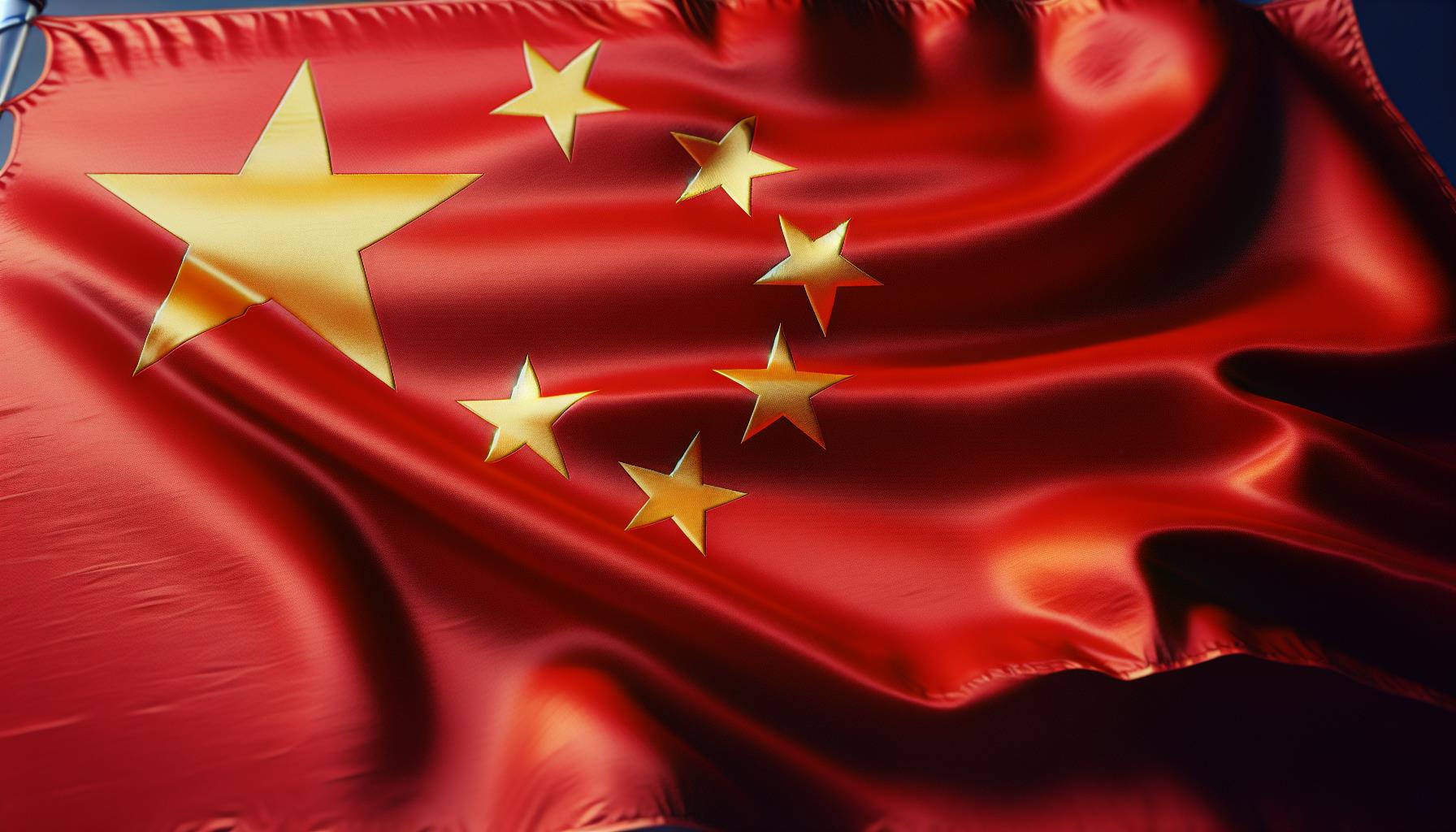China has been at the forefront of technology innovation, and its state-run media is no exception. In an effort to streamline content creation and dissemination, particularly for foreign propaganda, the Chinese state party is increasingly turning to Artificial Intelligence (AI). At the headquarters of the state party newspaper in Chongqing, a metropolis with a population reaching into the tens of millions, AI is playing a crucial role. While one might expect conventional news delivery, the party is now employing AI-generated avatars to present news, particularly focusing on content that serves as propaganda.
The utilization of AI avatars allows for a more controlled and persistent spread of the party’s message across various platforms, including television, YouTube, and even specialized apps. These avatars are sophisticated enough to deliver news reports in fluent English, thereby extending China’s reach to an international audience. This strategy reveals China’s intent to not only cater to local information needs but also to shape its global narrative effectively.
Technology Behind AI News Avatars
China’s AI news avatars are not mere static representations. They are developed using advanced machine learning algorithms, capable of mimicking human expressions and speech patterns. The technology behind these avatars involves deep learning techniques that process huge data sets of human facial expressions and speech, which are then used to animate the avatars in a lifelike manner. This results in a virtual presenter that can deliver news with a natural cadence and appropriate emotional expressions, making the AI-generated content more relatable to viewers.
Moreover, the AI is programmed to understand and process news scripts, making it possible to deliver content that is both accurate and engaging. The content produced is carefully curated to align with the Chinese government’s messaging and international policy goals, thus serving as a strategic tool for foreign policy propaganda.
The Impact on Global Media Consumption
The implications of AI use in media are significant, especially as China seeks to bolster its soft power. By leveraging AI, China can produce a high volume of content with consistency and at lower costs compared to human anchors. This capability facilitates the spread of curated narratives across the world, allowing China to influence international opinion subtly but effectively. The technology ensures that the AI-presented news is not only available around the clock but is also quickly adaptable to evolving global events, ensuring timely propaganda delivery.
However, this rise of AI in media also raises concerns about the authenticity and bias of the information being delivered. The ability of AI to generate convincing human-like reports may make it difficult for viewers to distinguish between genuine reporting and state-driven propaganda. As AI technology continues to advance, these concerns will likely become a more significant point of debate within international media and technology circles.
Ethical Considerations and Transparency
The usage of AI in media, while technologically impressive, does introduce ethical questions about transparency and the potential for misinformation. Audiences consuming AI-created content may not always be aware that the information is coming from a machine rather than a human with autonomous journalistic judgment. The potential for AI to be programmed with bias or to perpetuate certain narratives without question poses risks to the credibility and diversity of information available to the public.
It is crucial for both media organizations and AI developers to address these ethical considerations, ensuring that AI in media upholds standards of honesty and clarity about its artificial nature. With China’s increasing adoption of this technology, there is a growing need for international standards and regulations regarding AI in media to protect the integrity of global news dissemination.
Future Prospects for AI in Media
Despite the potential drawbacks, the use of AI in media is likely to continue growing, not just in China but globally. The efficiency and cost-effectiveness of AI-generated content are too significant for media organizations to ignore. As AI technology becomes more advanced, we can anticipate seeing more sophisticated AI anchors with improved interactive capabilities and even the ability to conduct live interviews. This could redefine the landscape of how news is created and consumed.
For China, the integration of AI into media aligns with its broader ambitions to lead in technological innovation while also advancing its soft power objectives. The success of this endeavor will hinge on the state’s ability to balance the potency of AI as a tool of influence with the responsibility to maintain credibility and ethical media practices.
In summary, China’s state party’s incorporation of artificial intelligence into the media is a testament to the country’s ambition to redefine the sphere of information dissemination and influence. While this move offers numerous advantages in terms of reach and efficiency, it also ushers in challenges and ethical concerns that will need to be vigilantly addressed in the coming years. How China and the global community tackle these issues will significantly impact the future trajectory of not only media but also international relations and public trust in information sources.
As the world watches China’s experiment with AI in media unfold, it is clear that the intersection of technology and information will continue to be an area of rapid evolution, remarkable potential, and considerable debate.
TechCrunch – Artificial Intelligence
